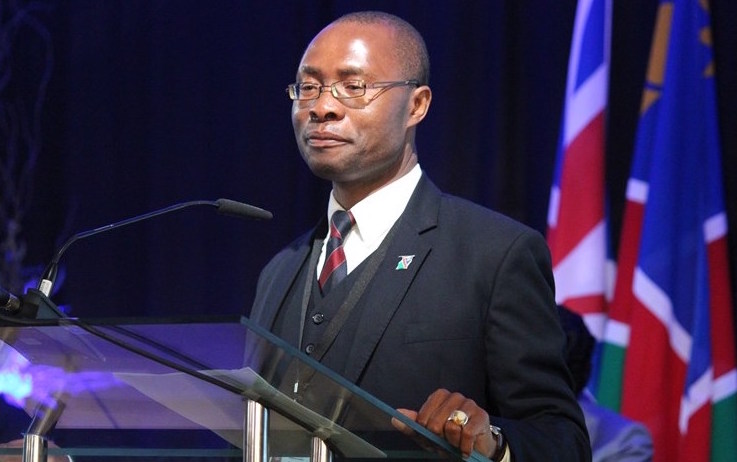THE Government Institutions Pension Fund (GIPF) has swapped foreign assets (investments) worth N$5 billion, and invested the money locally as part of a move by the government to increase foreign reserves.
Bank of Namibia governor Ipumbu Shiimi yesterday said he had signed the new swapping agreement with the GIPF. The government has asked asset managers to swap their foreign investments for local ones as the government attempts to improve its liquidity position.
Last year, the GIPF swapped foreign assets worth N$3 billion for local ones, he added.
Power utility NamPower has already swapped about N$900 million in foreign investments for local assets, Shiimi noted.
He also allayed fears that investing the money locally brings more risk and potential losses. He said the risk and security factors remain the same, and that the only difference was that the money was invested locally. Interest earned on the investments is also the same.
“It’s a back-to-back alignment. If the returns go up abroad, the same happens here. If the returns go down, the same will happen locally. The savers should not be worried,” he explained.
Shiimi said the central bank was still engaging local asset managers to have them voluntarily swap their foreign assets for local ones.
According to figures released by the central bank yesterday, as at 17 October, the stock of international reserves stood at N$22,6 billion, an increase from N$19,2 billion as at 12 August. At this level, the stock of international reserves was estimated to be about 2,9 months of import cover.
Yesterday, the Monetary Policy Committee of the Bank of Namibia kept the repo rate at 7%. The committee said it was of the view that at this level, the repo rate is appropriate to support growth and maintain the one to one link of the Namibia dollar to the South African rand.
Shiimi further stated that the economic growth outlook will be revised downwards in two weeks’ time. Without giving figures, he said the economy slowed during the first eight months of this year, while the annual inflation rate increased, when compared to the same period of 2015.
Growth in private sector credit extension moderated due to slower growth in credit extended to both the corporate and household sectors.
In terms of major exports, he said an unfavourable performance was recorded in the mining sector, particularly in diamond and zinc production. Lower production in the manufacturing, transport, construction and agricultural sectors also contributed to this slower growth.
The governor said inflation averaged 6,5% during the first nine months of 2016, compared to 3,4% over the same period of 2015. This was driven by the rise in the average inflation rates for major categories such as housing, water, electricity, gas and other fuels, transport as well as food.
Inflation increased slightly to 6,9% in September, compared to 6,8% in August.
The growth in private sector credit extension slowed to 12,1% in the first eight months of this year in relation to 15,6% in the corresponding period of 2015.
Stay informed with The Namibian – your source for credible journalism. Get in-depth reporting and opinions for
only N$85 a month. Invest in journalism, invest in democracy –
Subscribe Now!






